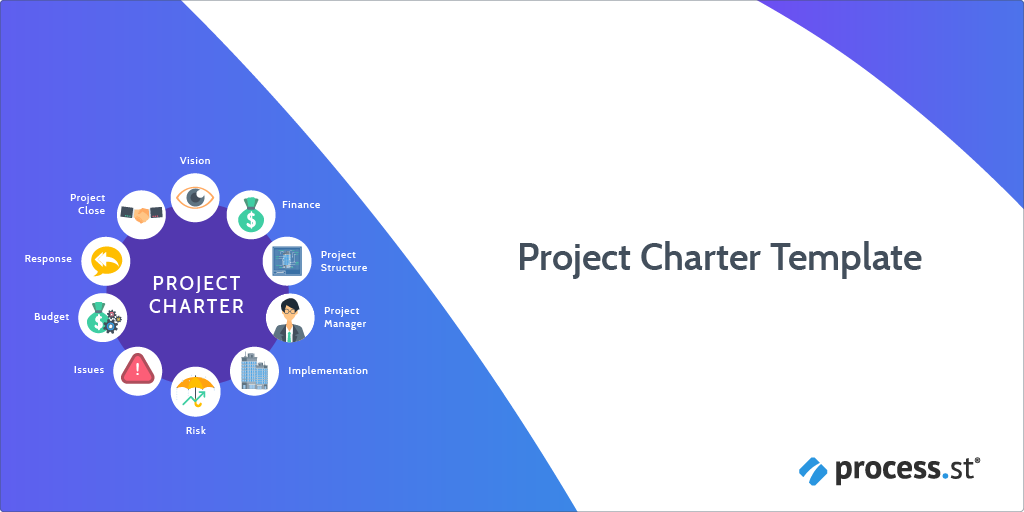A project charter describes an entire project, from its objectives to how the project is to be carried out and the project's stakeholders. Use our Project Charter Template to guide you through the creation of your project charter document.
A project charter, also known as a business case, project definition, or project statement, is a brief document indicating the scope, objectives, and participants of a project.
Project charters have been around for as long as the concept of work. The Egyptians, for instance, used a form of a project charter to create the pyramids. The Greeks used a project charter to erect the Parthenon.
Granted the project charters created by the latter do not match today's regarding complexity and sophistication. But a project charter of some form was created to foresee a project to completion.
A Project charter document is to be issued by the project initiator or sponsor, to formally authorize the existence of the project, and provide authority to apply organizational resources to the project activities.
Studies show that 70% of projects fail. 3/4 of this failure is attributed to senior management not getting involved, to foresee the project to completion. Other causes include:
- A lack of communication,
- Poorly defined project scope,
- Inadequate management of risk,
- No use of formal methods or strategies,
- Inaccurate time and effort estimates,
- Failure to identify key assumptions
This template has been designed with the above in mind, to guide you, as the user, away from common project pitfalls. For instance, this template has a strong focus on gaining input from senior executives and upper management - with this, statistically speaking, being the most significant cause for project failure.
How to use this checklist
At the beginning of this checklist, you will be presented with a set of specialized questions given as form fields. You are required to populate each form field with your data.
Other features included in this template are:
- Stop tasks - To ensure task order.
- Dynamic due dates - To make sure your initiative is reviewed on time.
- Role assignment - To delegate tasks within your team ensuring your supervisors are appropriately assigned to the review tasks.
- Approvals - so the relevant manager can give the go-head or rejection on specific tasks, adding comments for any changes to be made.







